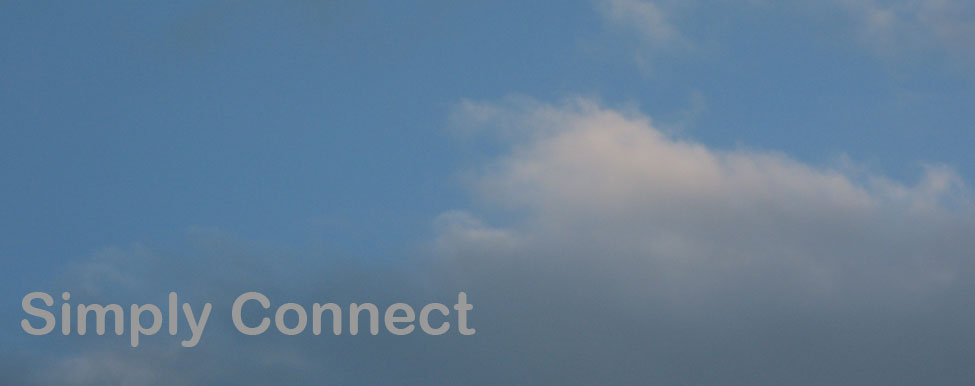Simply Connect
Living with Spiritual Elegance
Human connection and disconnection are major themes in today’s world. The stories we see and hear all involve, on some level, people either disconnecting and misunderstanding one another or connecting and communicating with one another.
Last month we explored the concept that the art of true Connection is only possible when fueled by an authentic head and heart alignment that has honest and open communication at its center. With our increasing reliance on new technology, it is not surprising that this can create complications and barriers to our humanity that limit its reach and impact the human psyche in ways that distort our perceptions. On the flip side, however, we now know more about our fellow men than in any other time in human evolution.
Recently a family matter took me to Canterbury in the south east of England. The site of one of the earliest recorded human settlements in Britain, the city has an illustrious history. After the murder in the cathedral of Archbishop Thomas Becket in 1170 by the King Henry 11’s men, Canterbury became a sacred destination for Christian pilgrims as made famous in Geoffrey Chaucer’s Canterbury Tales (pub.1475). Today the city is the seat of the Anglican Church, home of The King’s School (one of the oldest school’s in England) and a world heritage site.
When the Romans arrived in the latter part of the third century, they constructed a massive wall with seven gates around the city to defend themselves against attack from marauding Barbarians. Passing through one of these magnificent gates, I realized that this ancient wall is a physical manifestation of the power of connection. Humans have always shared an instinctive desire to come together. Tribal connectivity and group action have provided practical and emotional solutions to our survival fears. Even when the elite tribal leadership was exploitative (as it often was) tribal members understood that being inside the city wall provided more safety than going it alone.
Today Canterbury’s city leaders understand they are custodians of a particularly special place. They have done a great deal of work to keep the integrity of a community where mind, body and spirit connect through centuries of human linkage. The desire for human connectivity is manifest in the very landscape itself: the streets are for pedestrians, the buildings are preserved and with the cathedral at the epicenter, the energetic feel is welcoming and exciting with natives, students, tourists and pilgrims lingering over tea in pavement cafes and enjoying the artistry of the street entertainers.
On the evening I was there, I watched an elderly gentleman park his wheelchair on the street corner as passersby stopped to chat with him and a student brought him a sandwich.
Watching this elderly man at home in this environment made me think about how large a part physical environment plays in our ability to connect. We are fortunate in The Berkshire area to have many towns that nurture connection: Rhinebeck, Great Barrington and Litchfield to name but a few. It is unlikely that the preceding scenario, for example, could play out in a shopping center or strip mall. Created in a spirit of competitive individualism, the landscape creates an uneasy feeling of dislocation without the sense of a common goal or civic purpose.
The desire for connectivity is becoming a central issue for many businesses who understand its power. The companies at the top of The Best Places to Work list are those that are creating kinder environments by putting the needs of workers and users above assets and the quarterly bottom line. Interestingly its communication and information companies like Twitter, Google and LinkedIn that are leading the way. Enlightened companies are also finding ways to involve, empower and give back to the communities around them..
It is not only business that is making the shift toward connectivity. Western medical practice, that for so long has been specialized, is beginning to embrace the importance of holistic health and the mind, body, spirit connection.
I believe there is much we can do to help foster this new spirit of connection. Starting in our homes with our families and our immediate communities, the more we reach out and communicate to find common ground, the happier and healthier we will be individually and collectively. There will be less likelihood of small grievances becoming bigger issues that appear irresolvable and inevitable. And the art of simply connecting will have a ripple effect with wide reach that can transcend borders and cultures.

